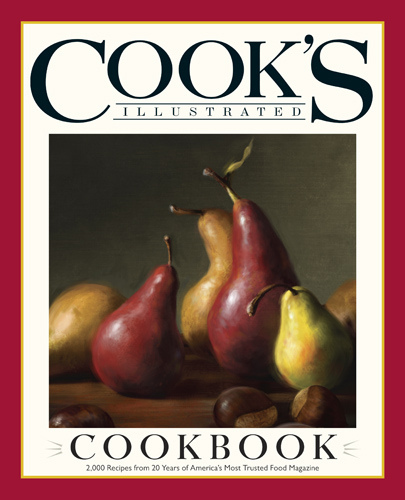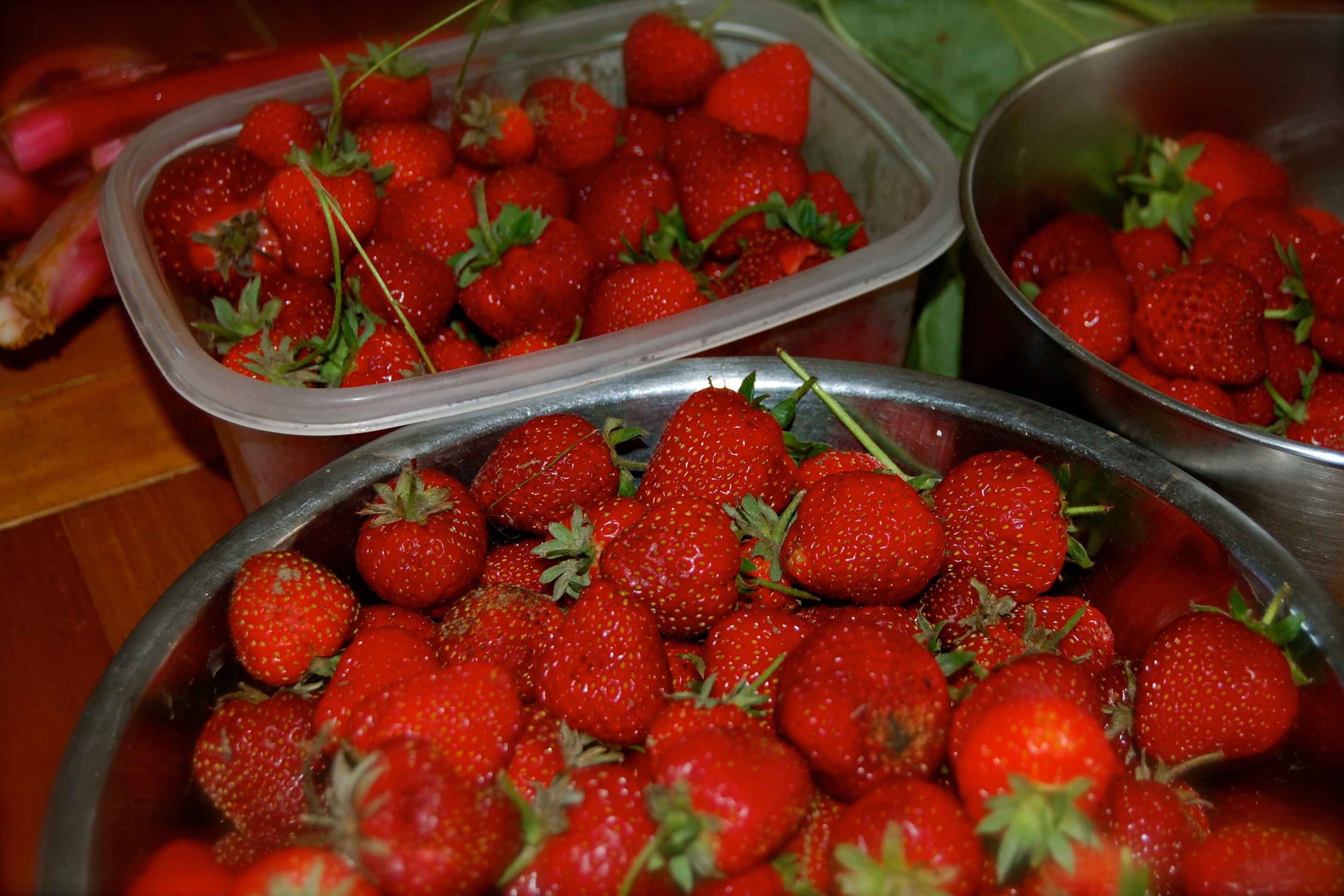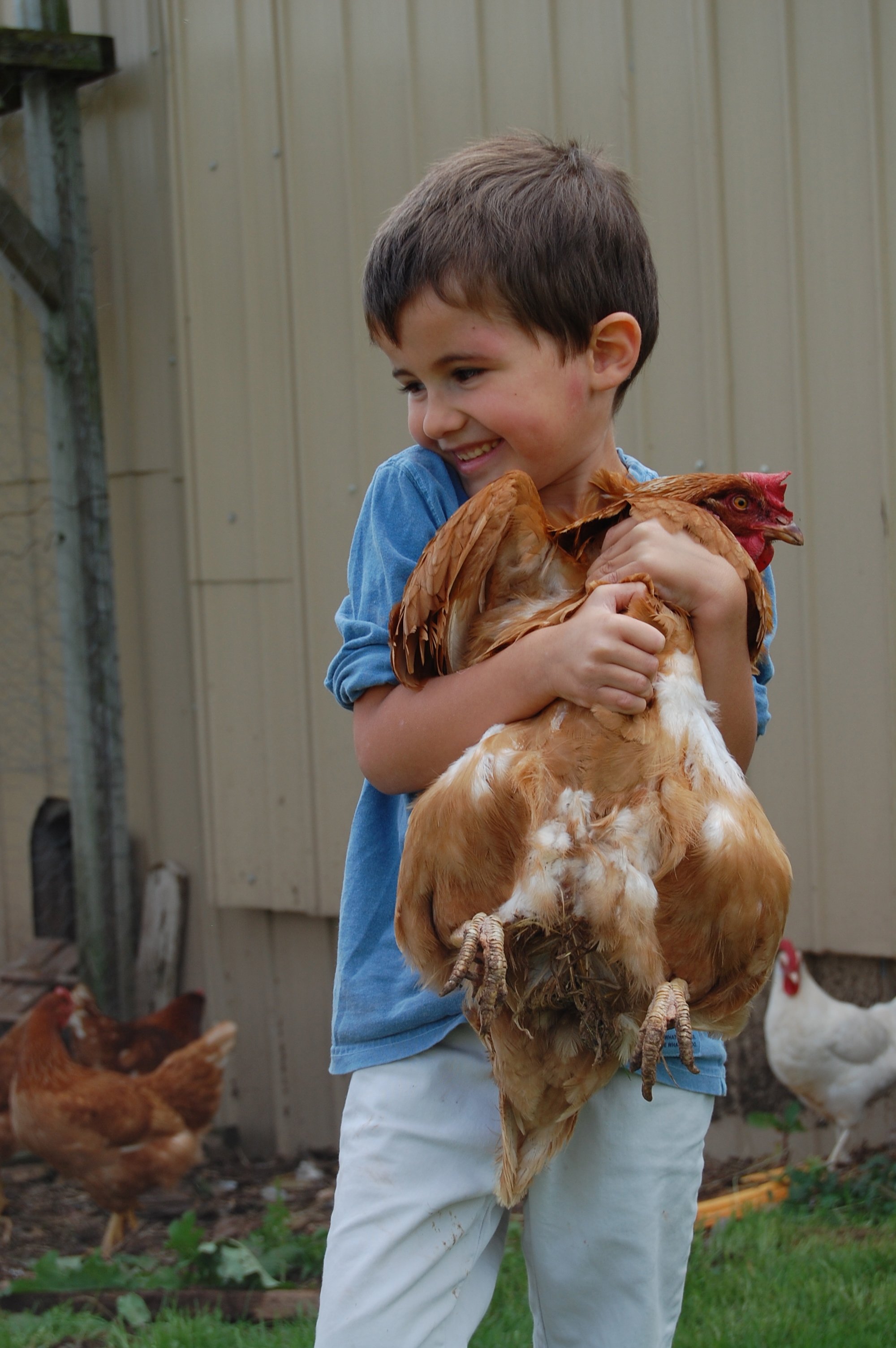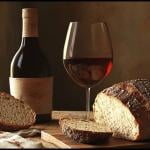 Okay, so well before “buy nothing day” I bought myself a present: The Cook’s Illustrated Cookbook: 2,000 Recipes from 20 Years of America’s Most Trusted Food Magazine. I love Cook’s Illustrated (though I’ve never subscribed) and the previous cookbooks from America’s Test Kitchen, which also produces the magazine, although I don’t own any of them.
Okay, so well before “buy nothing day” I bought myself a present: The Cook’s Illustrated Cookbook: 2,000 Recipes from 20 Years of America’s Most Trusted Food Magazine. I love Cook’s Illustrated (though I’ve never subscribed) and the previous cookbooks from America’s Test Kitchen, which also produces the magazine, although I don’t own any of them.
There are a few reasons why the recipes, magazines, and books from America’s Test Kitchen appeal to me–first, I love how obsessively they test each recipe. Have you had recipes from cookbooks fail? I certainly have. And let me tell you–it’s not always your fault. What I love about the recipes from ATK is that they’ve been tested and re-tested to achieve a very particular result (hence the very different recipes–ingredients and techniques–to produce soft and chewy chocolate chip cookies versus thin and crispy chocolate chip cookies.)
Related to this, each recipe comes with an explanation for why it’s formulated as it is. I love knowing why a recipe works as it does–why it’s important (or unimportant) to cream the butter and sugar first when making muffins, why to use a certain variety of flour, why to cook things over a certain temperature. It seems to me that knowing some of the theory behind the choices of ingredients and techniques makes a better cook, and ATK resources provide just that.
Much of that theory includes science, which is the third reason I love this new cookbook. I was never too keen on science in school (except for biology, because I liked dissecting things and learning about genetics and the digestive system) but this cookbook delivers just enough practical cooking science so as to make me take delight in the earthy job of cooking.
As Robert Farrar Capon wrote:
“Creation is vast in every direction. It is as hugely small as it is large. The number of water-filled interstices in my three tablespoonfuls of flour runs the interstellar distances a fair second; the appeal to size [implying that people, small in relation to the universe’s magnitude, are insignificant] is a self-canceling argument. Plying my whisk, I know that what goes on here is neither less mysterious nor less marvelous that what happens there…saucepan in hand, I refuse to be snowed.”
{Fr. R.F. Capon, The Supper of the Lamb}
So all that to say, I heartily recommend this cookbook. Take up, read, and follow closely–with lots of love and attention!–and the results are very likely to bring you (and others!) joy.














